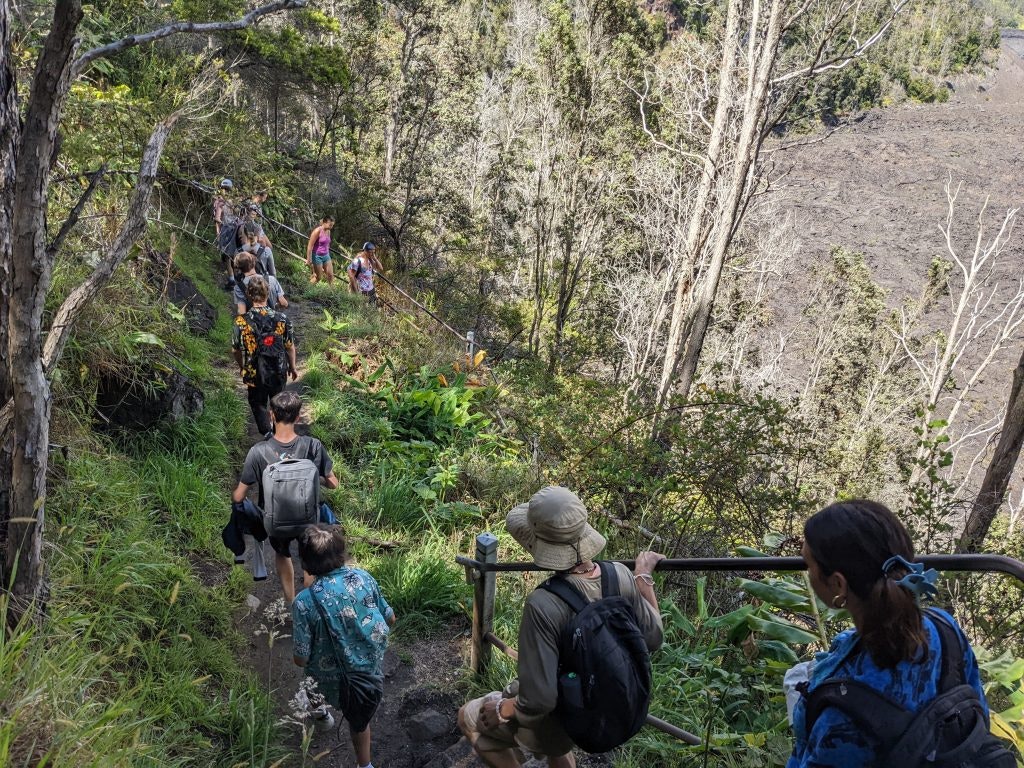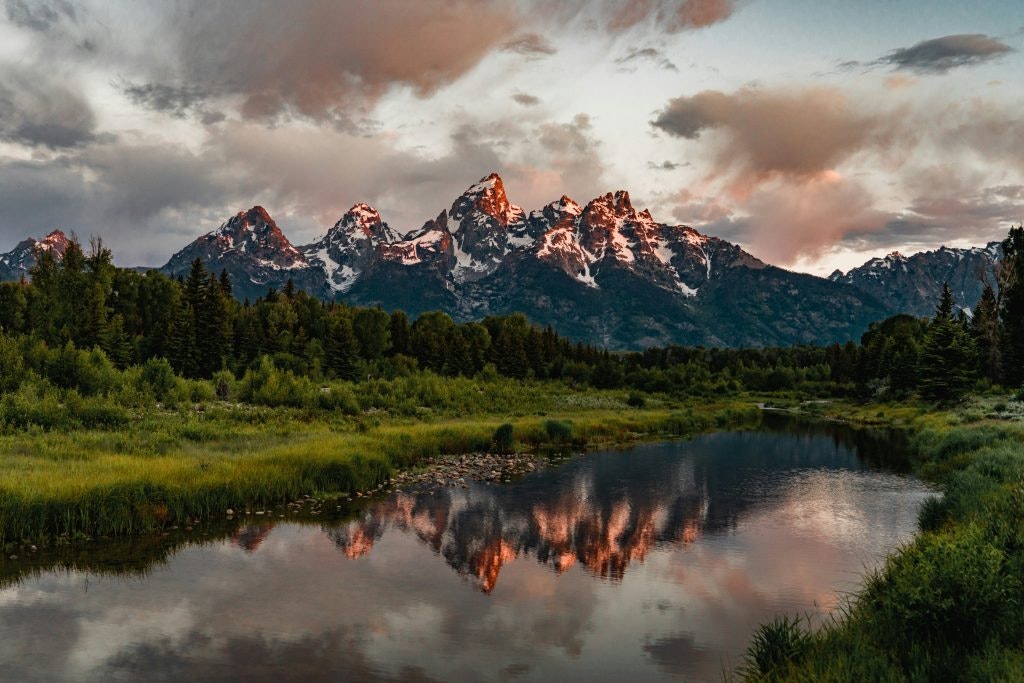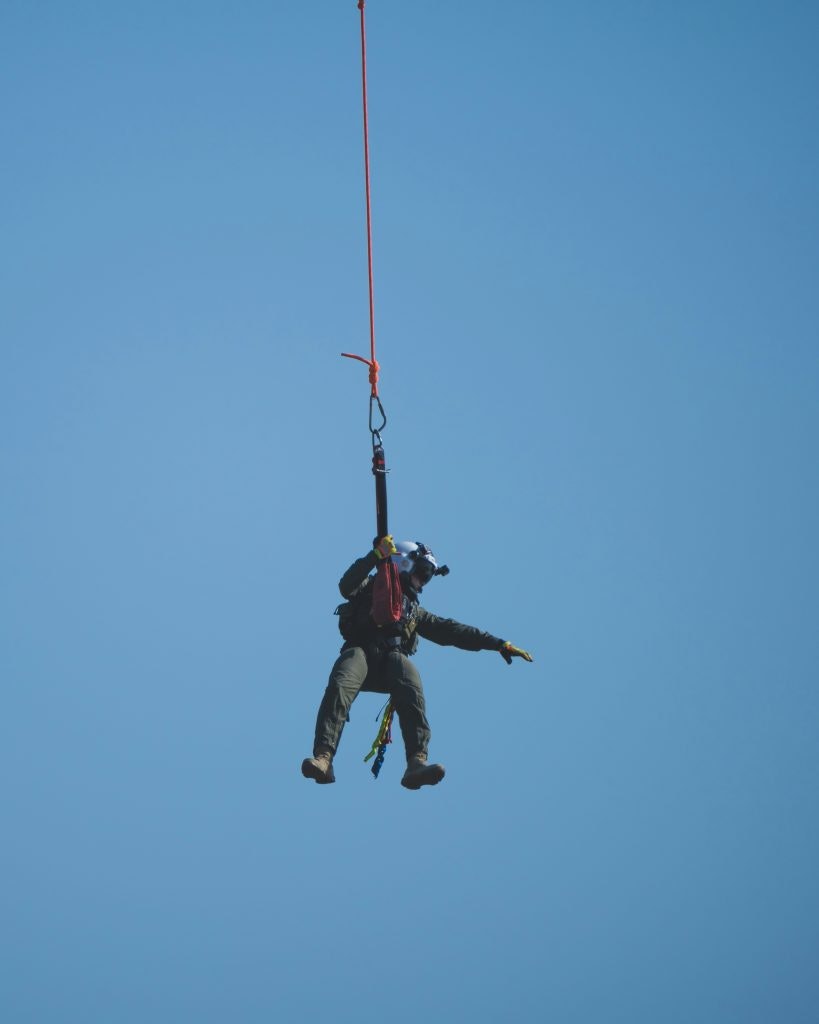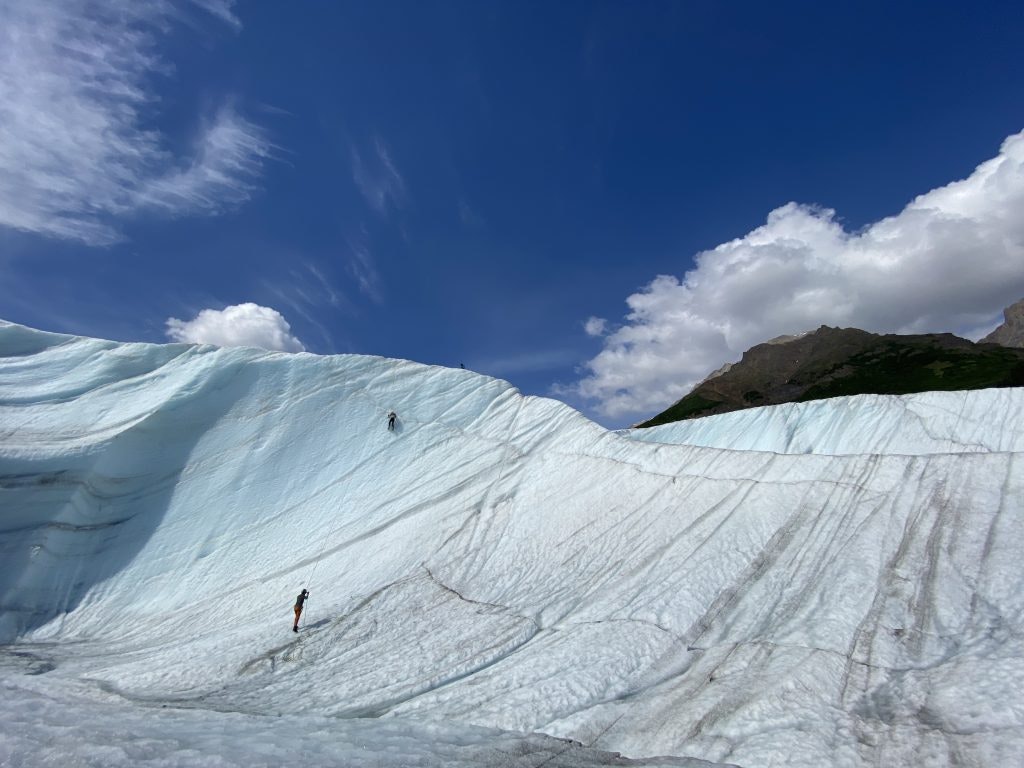







Search and Rescue (SAR) teams play a critical role in locating and assisting individuals in distress across various environments. From urban settings to remote wilderness areas, these teams are equipped to handle diverse challenges. This article explores the structure, responsibilities, and operations of SAR teams, highlighting their importance in emergency response efforts.
SAR teams work tirelessly, often under difficult and dangerous conditions, to provide aid when it’s most needed. Whether rescuing hikers lost in the mountains or responding to natural disasters, these professionals are trained to act quickly and efficiently to save lives.
At Rustic Pathways, we believe in the importance of safety and preparedness, which is why we value the work of these teams in helping adventurers and travelers stay safe in the wild.

The most common emergencies for search and rescue are leg or foot injuries, dehydration, and gastrointestinal issues.
The most common activities requiring SAR assistance in the United States are hiking (48%) and boating (21%). The most common calls for the Teton County search and rescue team are for hikers or backcountry skiers who are lost, missing, or need first aid performed.
Dr. Will Smith says his SAR team saw an increase in assist requests in 2021 and 2022, after the pandemic encouraged more people to head outdoors.
“[Resorts] limited how many ski passes they were going to sell. That pushed some people out to backcountry areas where there’s no ski patrol, and you basically have to care for yourself,” Dr. Smith said.
Search and rescue organizations lost or injured numbers started to decrease in 2023, but each year the team generally spends more than 5,000 hours completing search and rescue operations:

Safety is always a top priority for our students, especially when hiking.
Finding out the location of an emergency is paramount for a search and rescue team. It’s a key detail that 911 operators are trained to get. But sometimes the Teton County Search & Rescue team will get a report that someone is lost, and there isn’t much additional information.
One of the team’s most famous cases was the federal search for 22-year-old Gabby Petito in 2021. Law enforcement asked for assistance days after Petito’s family reported her missing. The SAR members didn’t find her the first day of their search. On the second day a horse team exploring remote areas of the park found human remains, which turned out to be hers.
Eventually, state law enforcement found evidence that Petito was murdered by her boyfriend. That was a rare occurrence. The vast majority of missing people either lost contact with their sense of direction or got sick or injured while lost in wilderness areas.

Grand Teton National Park is ~ 310,000 acres. That’s the same size as the entire city of Los Angeles.
“If you’re searching for somebody after a few days, the chance of survival is usually pretty low,” Dr. Will Smith said.
Dr. Smith says they have a search strategy where they start by looking at the last known location, and then try to determine how far the person might have travelled.
“We’ll ask questions like ‘Are they healthy and fit? Are they going to cover 20 miles in a day, or do they have a medical disability? Are they diabetic? Are there elderly people or small kids in a group? Then we start putting all those factors together and look at search paths,” Dr. Smith said
The team will decide whether they’ll use drones or search dogs. And they’ll break down areas into search segments and assign probabilities.
“We’ll assume they’re probably not going to climb up that ridge. They’re probably more likely to stay on the trail or go by the river. And so we start doing some of these search theories, but every once in a while people will do unexpected things when they’re out there. Maybe they’re hypothermic or they have a head injury,” Dr. Smith said.
Because of these factors, Dr. Smith says they’ve had some SAR efforts fail. He says 80 to 90 percent of the time their searches end up being successful, though sometimes they don’t find someone in time.
Note: Television shows perpetuated a myth that you should wait 24 or 48 hours to report a missing person. This is not true. The sooner a search and rescue team gets to work, the better.
Once search and rescue personnel know where a person is, getting to the scene can be the next challenge. In many places, an ambulance is the obvious choice. But in some remote regions that isn’t possible.
In Grand Teton National Park, the team may use horses, boats and helicopters, or the team members may have to resort to skis or hiking boots. They may need ropes for rappelling or climbing.

A helicopter rescue operation in Sonoma Coast State Park, California
With the helicopters, the pilot may not be able to land. In those scenarios, the team uses what’s called a short haul rescue. This involves a rescue team member harnessing themselves to a rope hanging beneath the helicopter that carries them to the scene. Once they’re on the ground they unharness themselves and assess the patient. The patient may be harnessed in or put on a sled-like device underneath the helicopter to carry them to lower ground.
This process can be life saving for a patient since it quickly gets them to places where they can receive the best medical care. But it isn’t always available.
Dr. Smith teaches the LATE acronym which stands for Locate, Assess, Treat and Extricate. In some cases, the order changes if the mission site is dangerous, like during an avalanche.
“You have the biggest impact when you are as close to that point of injury as possible. That’s sometimes when you have a separation between those patients that do well and those patients that don’t,” Dr. Smith said.
Dr. Smith says there are cases when they have to use rudimental elements for tasks like splinting. “To get a patient out of a certain environment, you may have to use sticks and ropes in different ways. I think splinting is probably one of the biggest things that we improvise,” Dr. Smith said.
Search and rescue services differ depending on the place, the incident, the and the training. A rescue with a helicopter and AED may only happen in places with a high level of medical care. In other places with fewer resources, the training, equipment or expertise may not be available. Still, local knowledge can prove to be important in saving lives.
Learn more about the training of a Wilderness First Responder in our in-depth guide.
Dr. Smith has traveled to six continents, and to places as remote as Easter Island off the coast of Chile. While traveling, he says it’s good to know the training and standards of care. In some cases, the local care and ability to get aid may be better than what you can get at home.
In other instances, being flown to the United States may be preferable. Dr. Smith said there was one case where a teen encountered a rare animal bite that prompted concerns about rabies. Dr. Smith advised the student be sent back to the U.S. for care. The student was evacuated on Dr. Smith’s guidance.
Dr. Smith has dedicated his career to rescue work. He’s an emergency room physician, a colonel in the Army Reserve, and co-medical director for the Teton County Search and Rescue Team in Wyoming.
If you want to become a search and rescue volunteer, there are several steps to get started. Volunteering in this field requires not only a passion for helping others but also a commitment to extensive training and skill development. From obtaining necessary certifications to joining a local SAR organization, each step prepares you for the challenging and rewarding tasks you’ll face as a team member.
The qualifications to become a search and rescue volunteer team member include medical expertise and outdoor skills like rock climbing and backcountry skiing.
Volunteers usually have a number of certifications which can include:
A Wilderness First Responder certification can be a great benefit when volunteering for a SAR team.
They also are asked to self-rate their ability in a large variety of skills, including Backcountry Skiing, Snowmobiling, Whitewater Rafting, Jet Boat Operation, Diving, Rock Climbing, Mountaineering, Caving, Mountain Biking, ATV Operation, Horseback Riding, K-9 Operations, Survival Techniques, Missing Person Search and Rescue Techniques, Map and Compass Skills, and Helicopter and Aircraft Operations.

Skills like ice climbing are exceptionally valuable for SAR teams in colder regions.
Other considerations include how long a person has lived in the county and whether their family and employer support them joining the team as citizen volunteers.
It also takes patience for these professional volunteers to become full members a search and rescue team. The Teton County Search and Rescue team only admits new members every 3 to 5 years. Potential volunteers have to submit resumes with their pertinent outdoor, medical, search and rescue volunteer experience.
The selected citizen volunteers spend one year as a provisional search and rescue team member. Then, the group decides whether or not to add the person as a full team member.
The equipment used during search and rescue operations includes drones, helicopters, GPS devices, ropes, and harnesses. On the medical front, they may use AEDs, pulse oximeters, blood products and various medications.
Dr. Smith says drones are increasingly being used for search and other air rescue service missions. In one case, his team used a drone when three air balloons crashed during a weather event.
“Sometimes we’ll use drones for situational awareness. Sometimes we use them for searching,” Dr. Smith said. “Other places have used drones to drop off a life preserver, like in Australia for a sea rescue. Or sometimes people can drop off radios or medical supplies if you can’t get a ground team there.”
When someone loses a significant amount of blood, blood products can save lives. In one situation, Dr. Smith and his team assisted a construction worker whose arm was ripped off by a machine. Getting blood products was crucial in saving the man’s life.
An automated external defibrillator, or AED, is a small, portable machine that checks if someone’s heart is beating in a dangerous way. If the AED finds a problem, it can send an electric shock to the heart. This shock helps the heart start beating normally again.
Dr. Smith brought an AED for a chest pain call in Grand Teton National Park. The helicopter got Dr. Smith to the scene quickly where he used the AED and helped save the patient’s life, before flying to the hospital.

In the United States, citizen taxpayers pay for most search and rescue operations in the United States. Most search and rescue personnel are volunteers or members of local fire departments, so people in need of rescue do not pay for SAR missions.
Many SAR teams like the Teton County Search and Rescue are supervised by the local sheriff’s office. Military personnel rescues and federal search rescues also are covered by taxes.
The cost of transportation is a large concern in wilderness search and rescue. A helicopter ride might cost thousands. Some states allow local agencies to charge recoverees who are reckless or negligent. An example is a hiker who ignores “Do Not Enter” signs.
The National Association for Search and Rescue (NASAR) is concerned about charging fees to lost or injured people. Search and rescue organizations have reported seeing cases of people refusing to respond or contact them to request help because of potential costs.
Specialized search and rescue insurance aims to close this gap. For example, the state of Colorado created a $3 Colorado Search and Rescue Card. It offsets rescue costs in case of need.
There are several different environments where search and rescue organizations launch missions:
A rescue coordination center (RCC) is a search-and-rescue facility that coordinates operations. In the United States, RCCs are operated by the U.S. Coast Guard and the U.S. Air Force Rescue Coordination Center (AFRCC).
Each region around the world has its own rescue organizations which maintain responsibility to coordinate SAR service in their region and lead air sea rescue, urban search or recovery of human remains amongst other search and rescue functions.
The four types of search and rescue are ground, air, maritime, mountain and urban SAR.
Search and rescue dogs are canines that locate people who are missing or in danger. These search and rescue dogs locate people who are missing or in danger. Dogs and handler teams operate worldwide. Search and rescue dogs use their sense of smell and hearing to detect sounds and smells that are not to humans. Many different breeds are used for search and rescue including Bloodhounds, Beagles, German Shepherds, Belgian Malinois, and Labrador Retrievers. The choice of dog and handler teams depends on the requirements of the rescue operation.
Furthermore, Dr. Smith highlights the significance of honesty regarding your health. Concealing mental or physical health issues can lead to inadequate care. He recommends being truthful on health forms to ensure you receive the appropriate care needed while away from home.
If you’d like more information on search and rescue, you can visit the National Association for Search and Rescue.